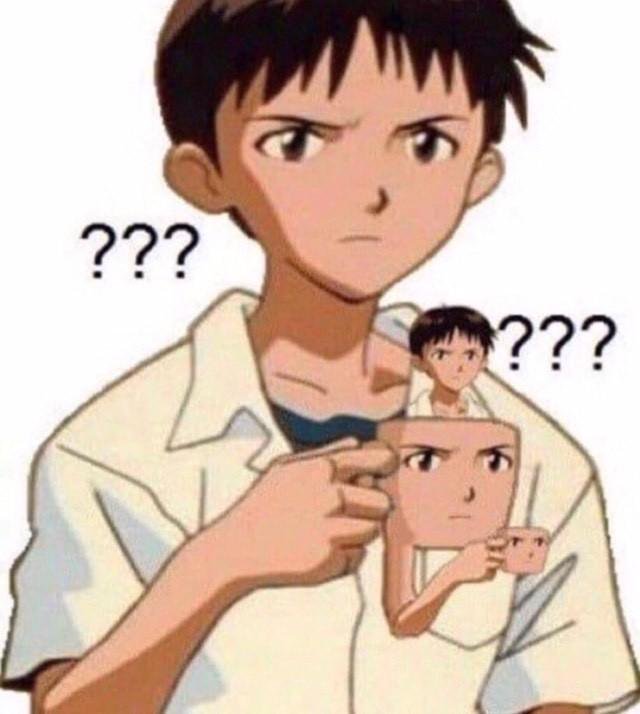(Semi)-automatic dataset preparation with youtube-dl and
YOLOv3
Andrea Ranieri - CNR-IMATI
Some warm up with a question
- What is this?
- DSS accolites are not allowed to answer
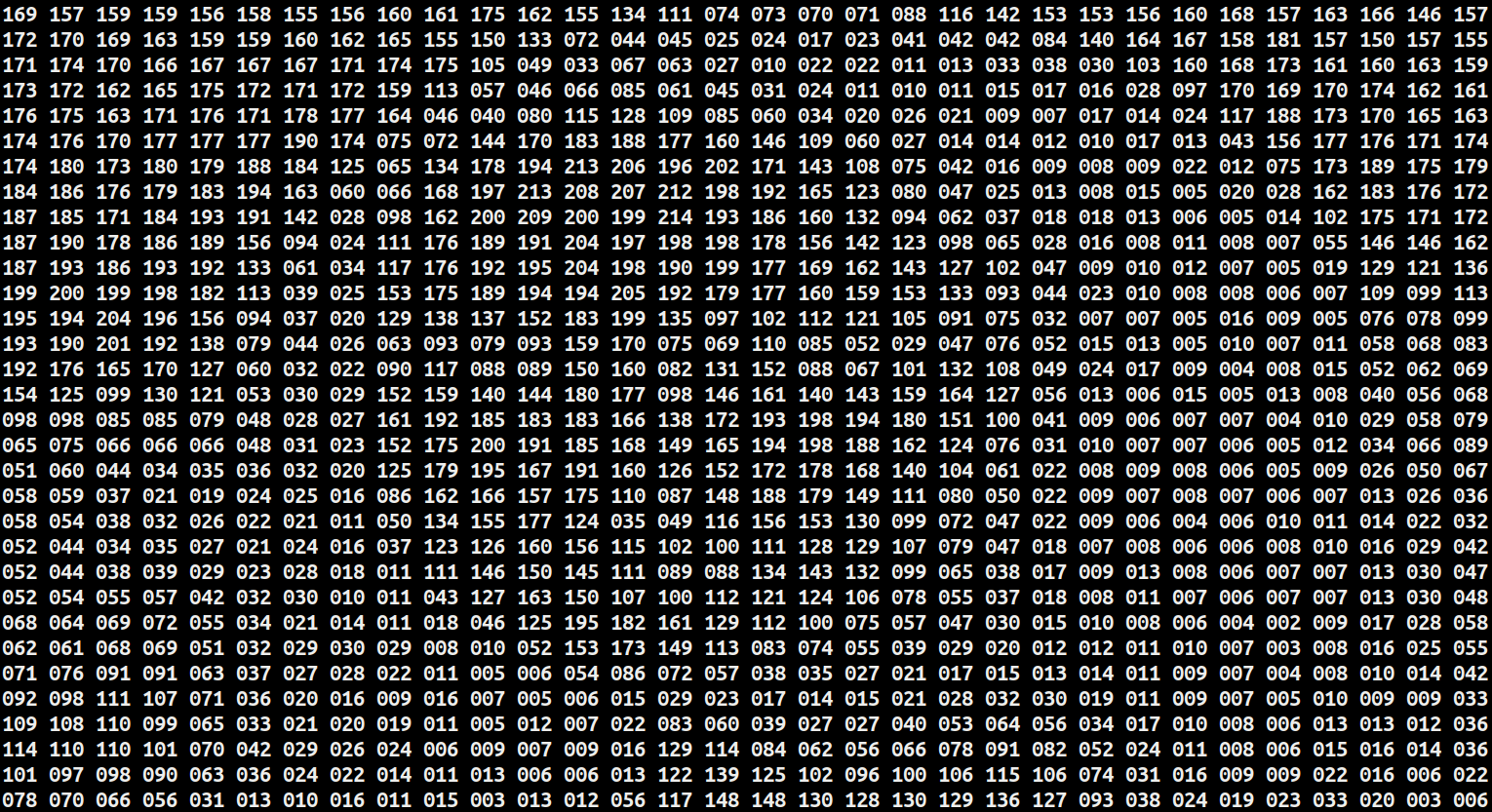
- DSS accolites are not allowed to answer
Some warm up with a question
- It's Mona Lisa!
- I'm surprised you didn't recognize her in all her 32x32 grayscale ASCII beauty
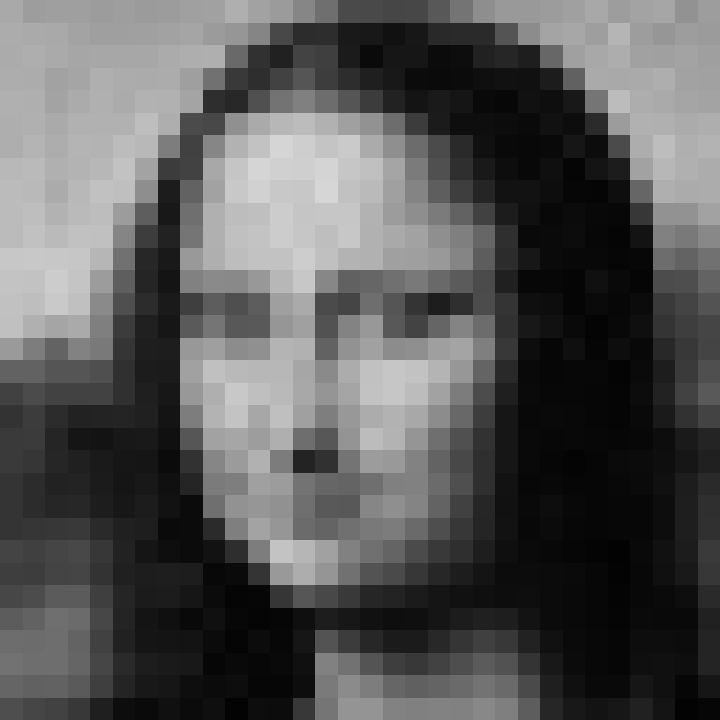
- I'm surprised you didn't recognize her in all her 32x32 grayscale ASCII beauty
Enter the CNNs
- We're not designed to work with numbers
- We're designed to work with features
- by billion years of evolution
- by decades of learning through a continuous stream of (stereo) video data (and much more)
- So we (as humans, not me sadly) invented the Convolutional Neural Networks

Credits: https://www.kaggle.com/keras/resnet50
Short adversarial break #1
- Everything ok so far?
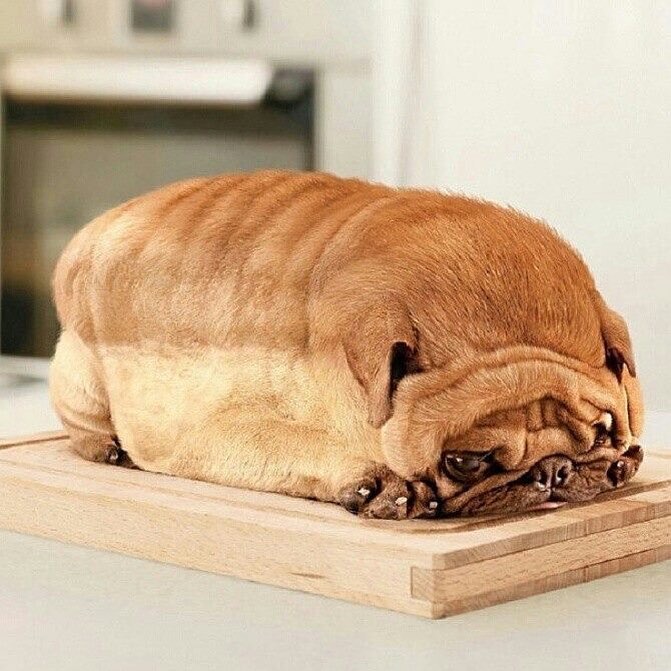
CNNs in two slides
- Mostly huge feature extractors
- 100+ layers of convolutional filters
- each convolutional layer "automatically" converges towards the optimum during training, according to a loss function
- 1 (or even zero) fully connected layers
- to actually classify the image based on it's features
- 1 output layer with (e.g. for classification) n neurons for n classes that fire in the range (0, 1)
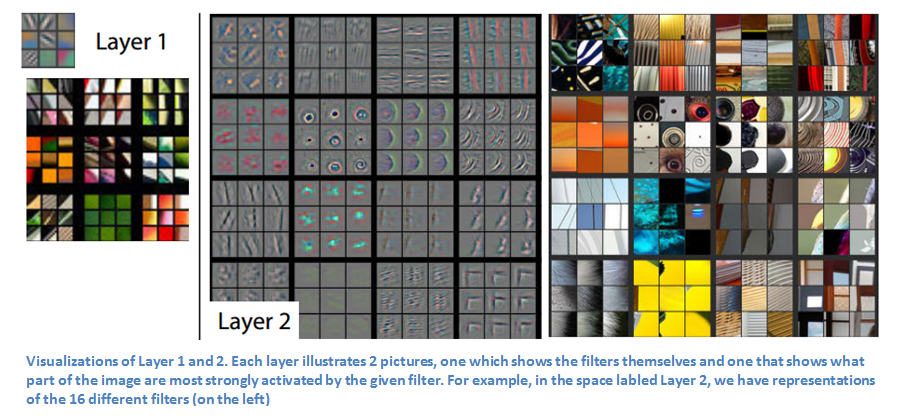
Credits: https://www.kdnuggets.com/2016/09/9-key-deep-learning-papers-explained.html
- 100+ layers of convolutional filters
CNNs in two slides
- The output layer always fires in the range (0, 1) or (-1, 1)
- it's up to the data scientist to give a meaning to the output
- and make it converge to the optimum chosing the architecture, the loss function and the input data with its labels
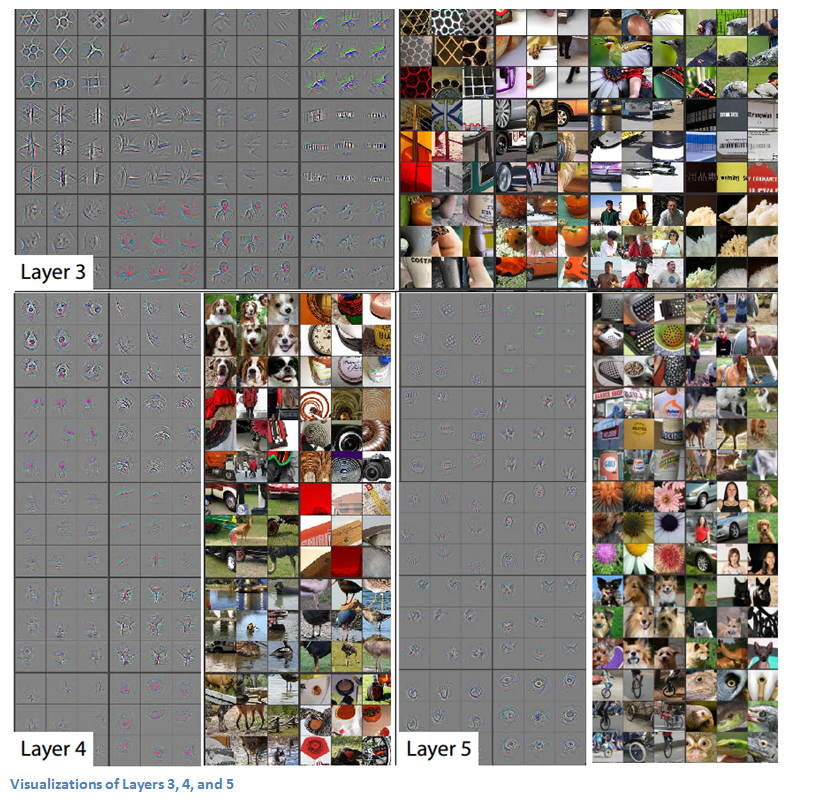
Credits: https://www.kdnuggets.com/2016/09/9-key-deep-learning-papers-explained.html
Short adversarial break #2
- Everything ok so far?
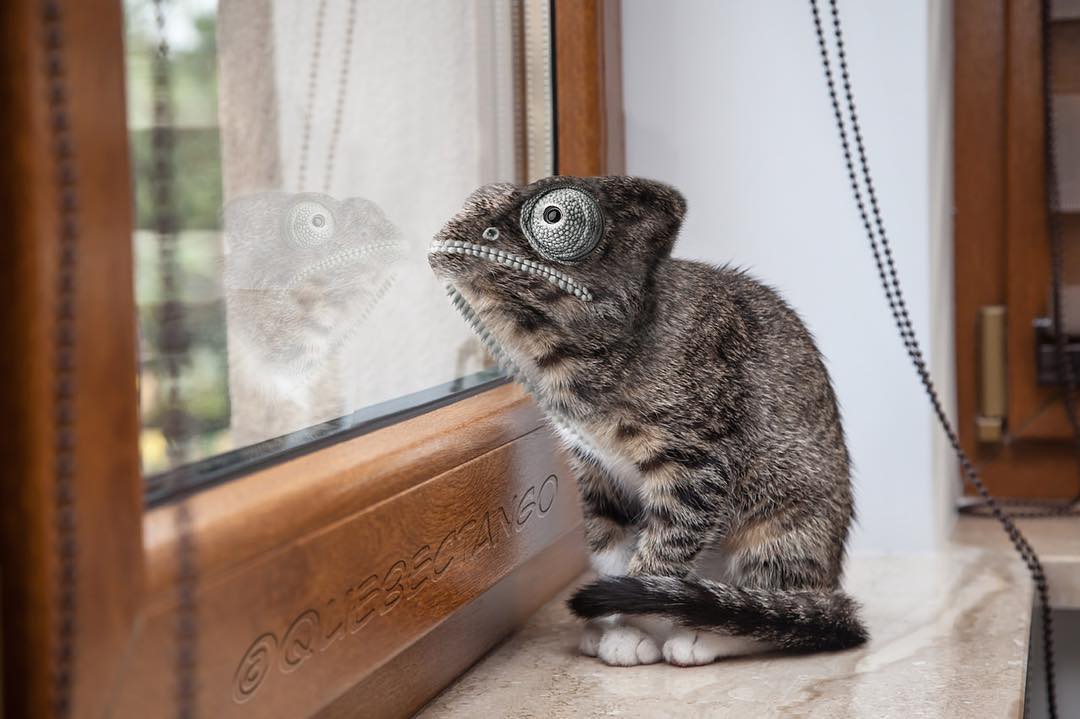
One step back: ML vs. Programming
- Definitions:
- “Machine Learning is a field of study that gives computers the ability to learn without being explicitly programmed.”
- “Deep learning is a collection of Machine Learning algorithms used to model high-level abstractions in data through the use of model architectures, which are composed of multiple nonlinear transformations.”
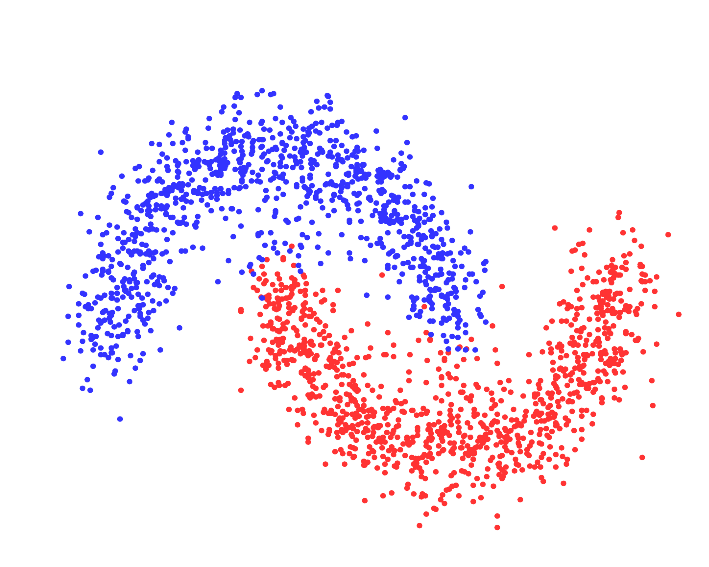
Credits: https://www.ml.uni-saarland.de/code/pSpectralClustering/pSpectralClustering.htm
Data: the secret sauce of DL
- Now we have three main "high level knobs" to play with:
- the architecture (or model) of our CNN
- how our network crunches the features
- the loss function
- what we define "success" or "failure" during optimization
- the input data
- the architecture (or model) of our CNN
- So what can we do if we find a DL problem that we can't solve?
- simple: get more data!
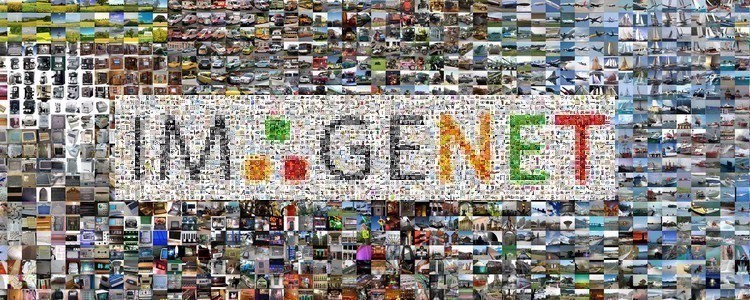
Short adversarial break #3
- Everything ok so far?
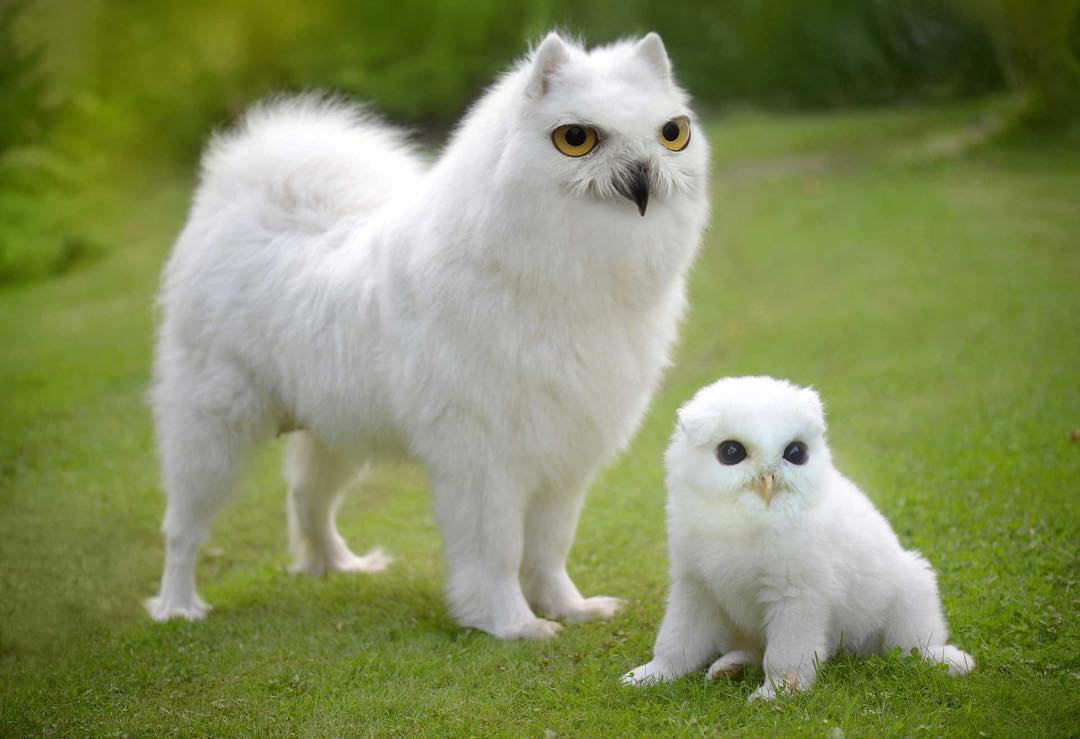
Enter YOLO
- YOLO (You Only Look Once) is a state-of-the-art real time object detection system
- it's latest iteration (YOLOv3, 2018) can recognize up to 80 classes (person, bicycle, car, motorbike, aeroplane, etc.)
- but it can be retrained to detect custom classes
- it's a CNN that does more than simple classification
- it has been trained from start to end to output bounding boxes and class names of the detected objecs
- it's latest iteration (YOLOv3, 2018) can recognize up to 80 classes (person, bicycle, car, motorbike, aeroplane, etc.)
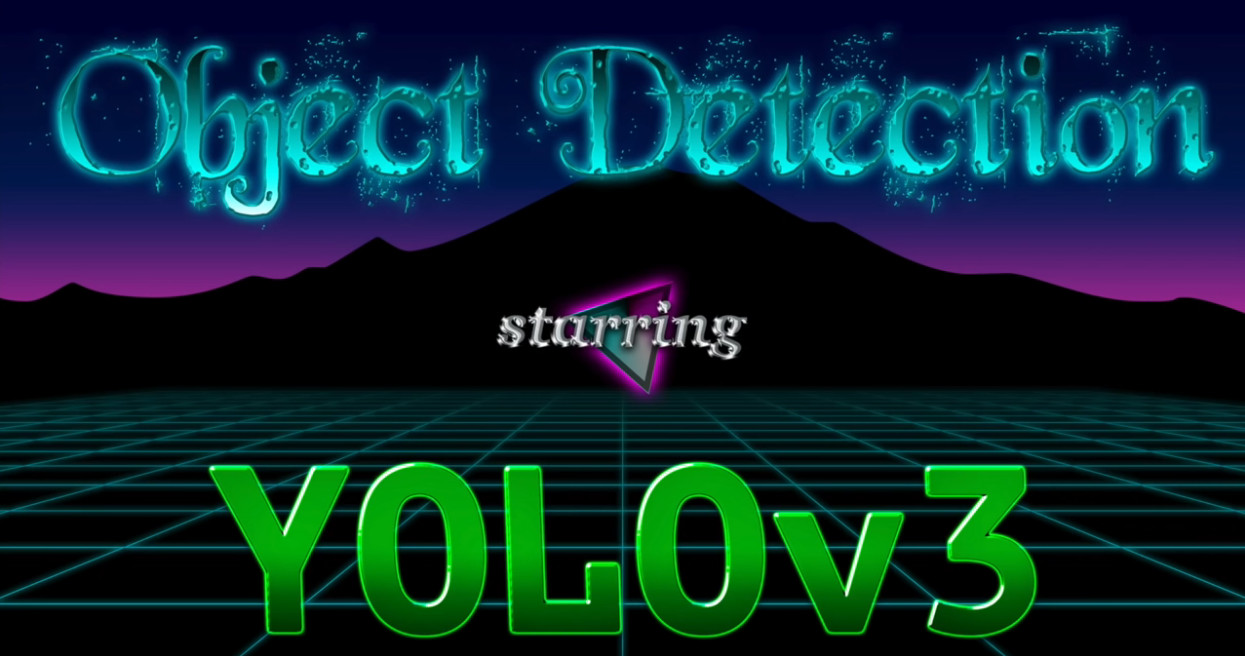
DL pipelines
-
Youtube is an online platform with billions of hours of video
- if we could create a pipeline with Youtube-dl and YOLO...
- we could have something close to an infinite amount of images!
- if we could create a pipeline with Youtube-dl and YOLO...
-
Time for a live demo... with dogs 🐶
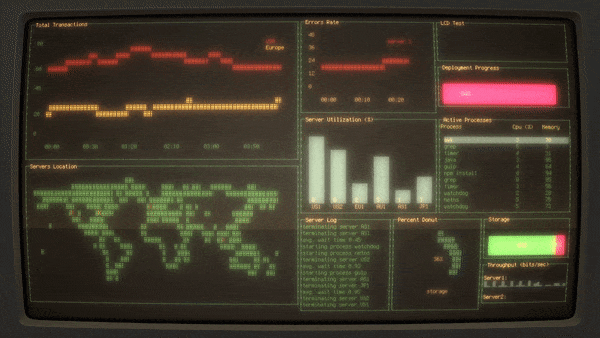
Thanks for your attention
- Questions?
